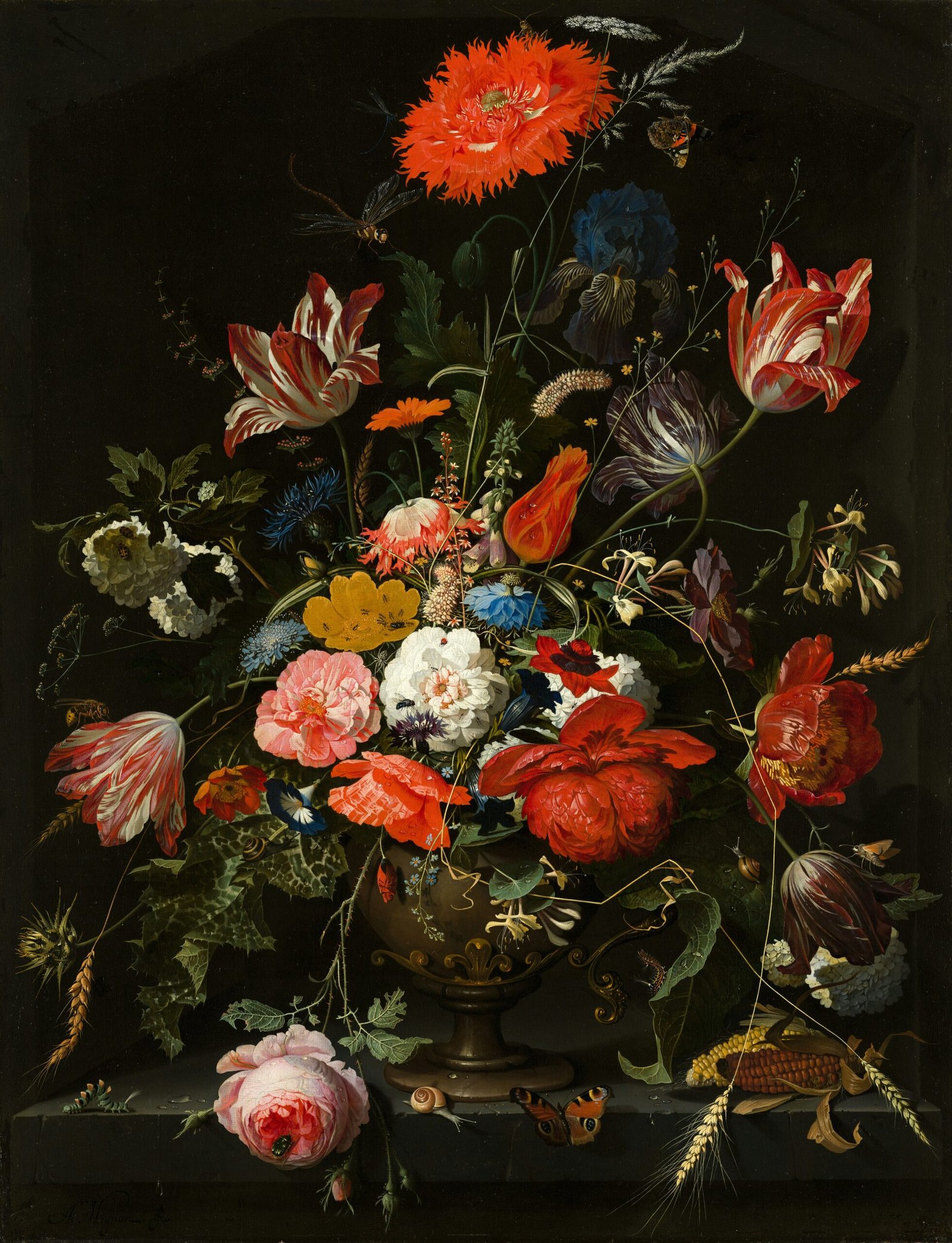
Formal discussions on art and creativity serve as a catalyst for intellectual growth and artistic development. They create a space where individuals can delve deeper into the meaning behind artistic expressions, analyze techniques used, and explore the historical and cultural context in which the art was created. Such discussions enable artists to gain valuable insights and feedback from their peers, helping them refine their skills and push the boundaries of their creativity.
Moreover, formal discussions on art and creativity foster a sense of community among artists and art enthusiasts. By coming together in these settings, individuals with a shared passion for art can connect, exchange ideas, and build relationships. These connections can lead to collaborations, mentorships, and the formation of supportive networks, which are crucial for an artist’s growth and success.
Furthermore, formal discussions on art and creativity encourage critical thinking and the development of analytical skills. When engaging in these discussions, participants are encouraged to articulate their thoughts, defend their opinions, and challenge existing ideas. This process not only enhances their understanding of art but also sharpens their ability to think critically and express themselves effectively.
Additionally, formal discussions on art and creativity contribute to the preservation and dissemination of artistic knowledge. Through these discussions, participants can share information about art history, techniques, and emerging trends. This exchange of knowledge ensures that artistic traditions are passed down to future generations and that new ideas and perspectives are introduced and explored.
In conclusion, formal discussions on art and creativity are essential for the growth and development of artists and art enthusiasts. They provide a platform for individuals to deepen their understanding of art, foster a sense of community, encourage critical thinking, and contribute to the preservation of artistic knowledge. By engaging in these discussions, we can collectively elevate the appreciation and impact of art in our society.
Moreover, formal discussions on art and creativity provide a platform for artists to explore the social and cultural implications of their work. Art has the power to reflect and comment on society, and through these discussions, artists can gain a better understanding of how their creations are received and interpreted in the larger context.
For example, a painter may create a piece that explores themes of identity and representation. Through formal discussions, they can learn how their work resonates with different communities and how it contributes to ongoing conversations about diversity and inclusion. This awareness can not only inform their future artistic endeavors but also inspire them to use their creativity as a tool for social change.
Furthermore, formal discussions on art and creativity can foster collaboration and interdisciplinary exploration. Artists from different disciplines, such as painting, sculpture, music, and dance, can come together to share their ideas and perspectives. This cross-pollination of disciplines can lead to innovative and boundary-pushing creations that defy traditional categorizations.
For instance, a poet and a visual artist may collaborate to create an immersive installation that combines spoken word poetry with interactive visuals. Through their discussions, they can merge their artistic visions and experiment with new mediums, resulting in a unique and captivating experience for the audience.
In addition, formal discussions on art and creativity can also serve as a platform for critical analysis and interpretation. Participants can delve deep into the historical and cultural context of artworks, exploring the influences and motivations behind them. This analytical approach can enhance the appreciation and understanding of art, allowing individuals to engage with it on a deeper level.
For example, in a formal discussion on Renaissance art, participants can examine the religious, political, and societal factors that shaped the works of artists like Leonardo da Vinci and Michelangelo. By understanding the historical context in which these masterpieces were created, participants can develop a nuanced appreciation for the art and its enduring significance.
In conclusion, formal discussions on art and creativity offer numerous benefits to artists and enthusiasts alike. They provide a platform for the expansion of perspectives, the exploration of social and cultural implications, the fostering of collaboration and interdisciplinary exploration, and the critical analysis and interpretation of artworks. By actively engaging in these discussions, individuals can deepen their understanding of art, broaden their creative horizons, and contribute to the ongoing discourse surrounding artistic expression.
2. Fostering Critical Thinking
Formal discussions on art and creativity also foster critical thinking skills. When participants analyze and evaluate artworks, they learn to think critically about the choices made by the artist and the impact of those choices. They develop the ability to articulate their thoughts and opinions in a clear and concise manner, enhancing their communication skills.
Moreover, these discussions encourage participants to question their own assumptions and biases. They learn to approach art with an open mind, considering multiple perspectives and interpretations. This practice of critical thinking extends beyond the realm of art and can be applied to various aspects of life, enhancing problem-solving skills and promoting intellectual growth.
By engaging in critical discussions about art, individuals are exposed to different viewpoints and learn to evaluate evidence and arguments. They develop the skill of discerning between subjective opinions and objective facts, enabling them to make informed judgments. This ability to critically analyze information and make reasoned judgments is crucial in today’s world, where misinformation and fake news are rampant.
Furthermore, the process of analyzing art requires individuals to pay attention to details and observe closely. This skill of close observation is transferable to other areas of life, such as scientific research or detective work. It trains individuals to notice subtleties, patterns, and nuances that others may overlook, leading to a deeper understanding of the world around them.
Critical thinking also involves the ability to ask probing questions and seek deeper meaning. When discussing art, participants may inquire about the artist’s intent, the historical context, or the societal implications of the artwork. This curiosity and desire to uncover meaning can extend beyond the realm of art, fostering a lifelong love for learning and intellectual curiosity.
Overall, formal discussions on art and creativity provide a fertile ground for the development of critical thinking skills. By analyzing and evaluating artworks, participants enhance their ability to think critically, communicate effectively, question assumptions, and observe closely. These skills have far-reaching implications, empowering individuals to navigate the complexities of life with intellectual rigor and curiosity.
3. Building a Community
Formal discussions on art and creativity provide a platform for building a community of like-minded individuals. These discussions bring together artists, art enthusiasts, and critics who share a passion for the arts. By engaging in conversations, participants can connect with others who have similar interests and form meaningful relationships.
Being part of a community can be incredibly motivating and inspiring. Artists can find support, encouragement, and collaboration opportunities within this network. They can also learn from the experiences and successes of others, gaining valuable insights that can help them navigate their artistic journey.
One of the key benefits of building a community is the opportunity for artists to receive constructive feedback on their work. When artists share their creations with others, they open themselves up to a wealth of perspectives and opinions. This feedback can be invaluable in helping artists refine their skills and improve their artistic expression.
Moreover, a community of artists can provide a safe space for experimentation and exploration. Within this network, artists can feel comfortable pushing the boundaries of their creativity, knowing that they are surrounded by individuals who understand and appreciate their artistic process. This freedom to explore can lead to groundbreaking discoveries and innovations in the art world.
Additionally, being part of a community allows artists to stay up-to-date with the latest trends and developments in the art industry. Through discussions and interactions with fellow artists, they can learn about new techniques, materials, and technologies that can enhance their artistic practice. This continuous learning and exposure to new ideas can fuel their creativity and keep their work fresh and relevant.
Furthermore, building a community fosters a sense of belonging and camaraderie among artists. It creates a support system where artists can celebrate each other’s achievements, share resources, and provide emotional support during challenging times. This sense of belonging can combat feelings of isolation and loneliness that artists may experience, creating a nurturing environment where they can thrive.
In conclusion, formal discussions on art and creativity play a crucial role in building a community of artists. Being part of this community offers numerous benefits, including support, collaboration opportunities, constructive feedback, freedom to experiment, exposure to new ideas, and a sense of belonging. By actively engaging in these discussions, artists can cultivate meaningful relationships, expand their artistic horizons, and ultimately grow as individuals and professionals.
